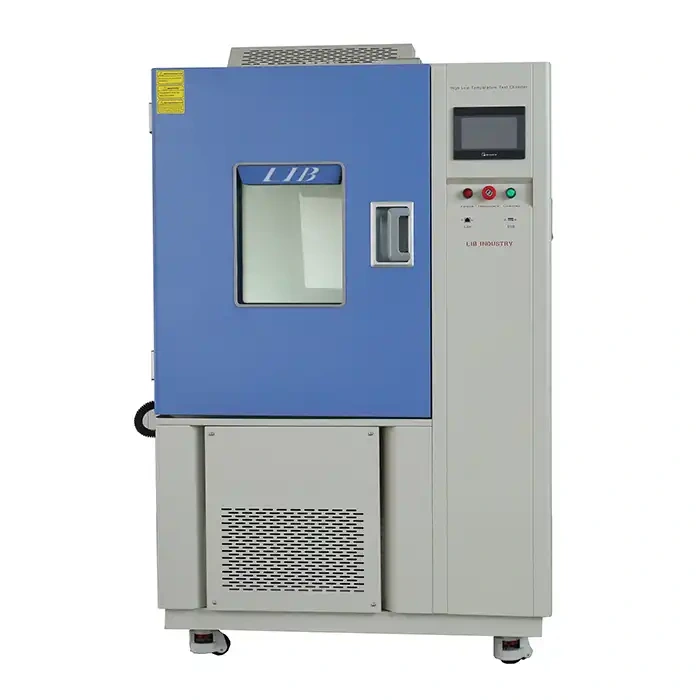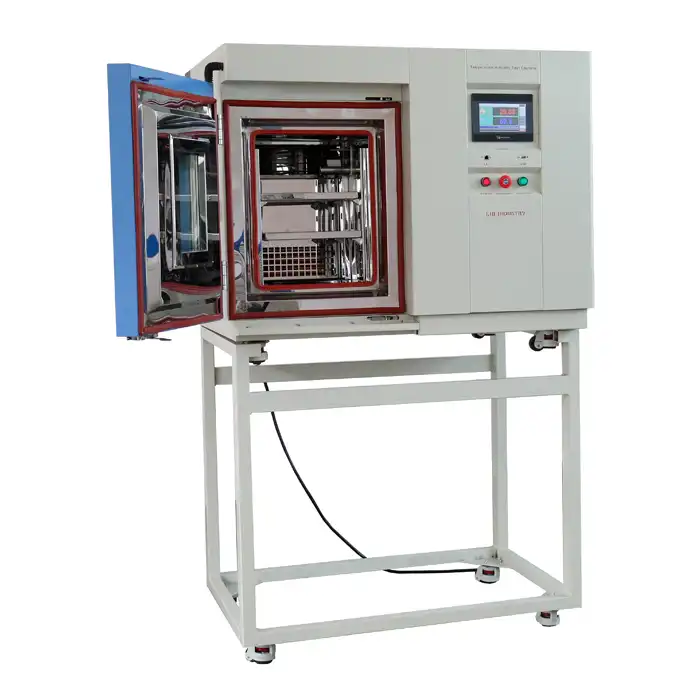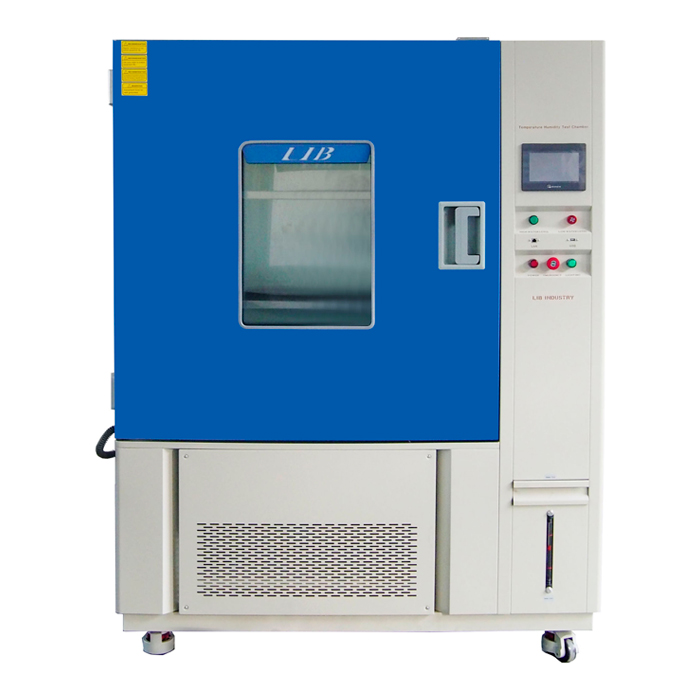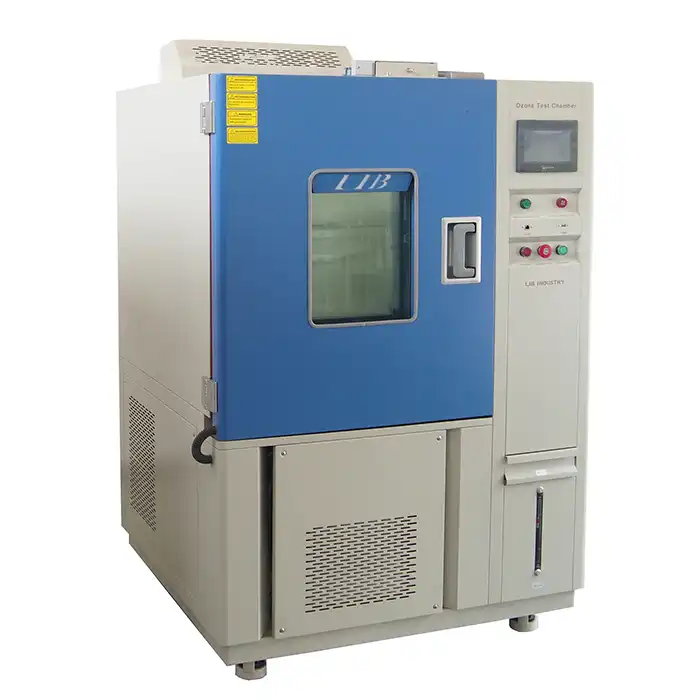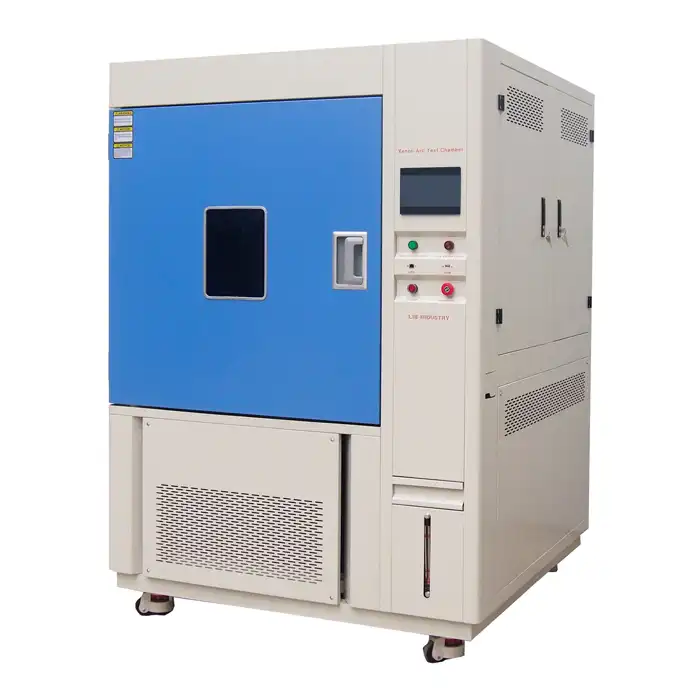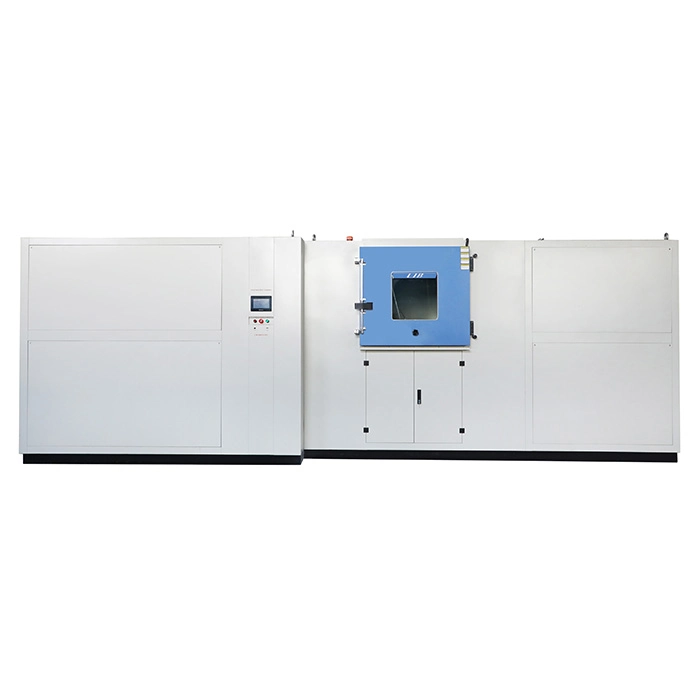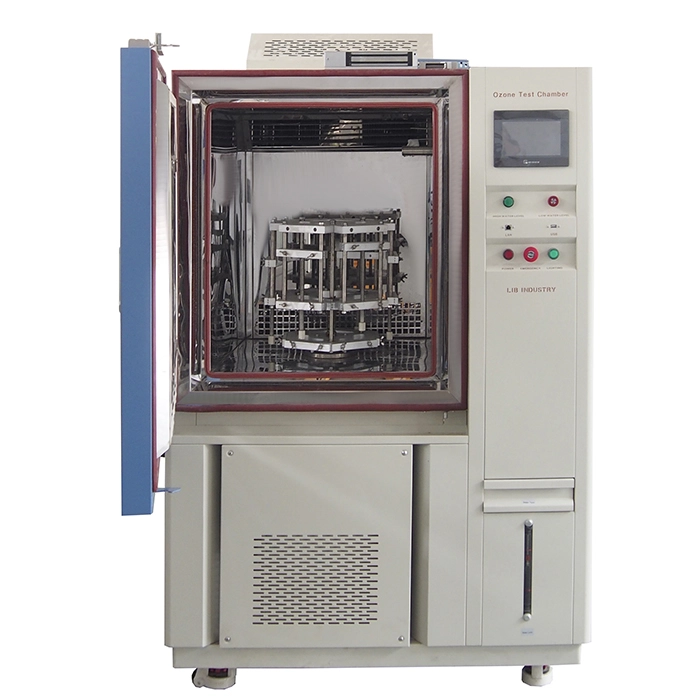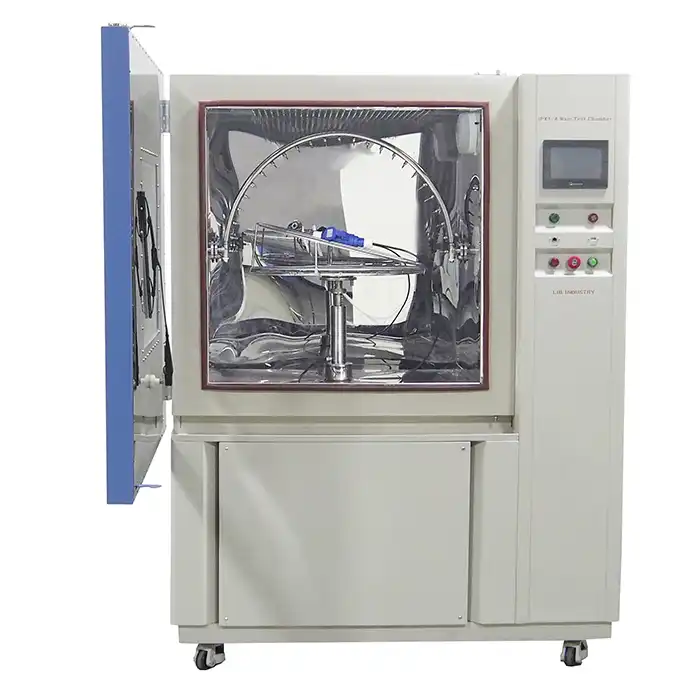Contact Us
 +8618700875368
+8618700875368
No.6 Zhangba First Street, High-Tech Area, Xi'an City, Shaanxi Province, P.R. China 710065
Interpretation of performance parameters of small climate test chamber
2024-02-27 11:31:13
The Temperature Range and Accuracy Requirements of Small Climate Test Chambers:
As an essential tool in various industries, small climate test chambers play a crucial role in assessing the performance and durability of products under different environmental conditions. When evaluating these chambers, understanding their temperature range and accuracy requirements is paramount.
The temperature range of a small climate test chamber refers to the span of temperatures it can simulate, from the lowest to the highest. This range is often specified by the manufacturer and is essential for matching the testing requirements of different products. For instance, if you're testing electronic components, you may need a chamber capable of reaching extremely low temperatures to mimic arctic conditions or high temperatures to simulate desert environments.
Accuracy in temperature control is equally vital. Even a slight deviation from the set temperature can affect the reliability of test results. Manufacturers typically provide information about the temperature uniformity within the chamber, indicating how consistent the temperature is across different areas. This ensures that the entire specimen is exposed to the desired conditions, minimizing discrepancies in test outcomes.
How to Understand the Humidity Control Capability of Small Climate Test Chambers?
In addition to temperature, humidity control is another critical aspect of small climate test chambers, especially for assessing products' performance in environments with varying moisture levels. Understanding the humidity control capability of these chambers is essential for conducting accurate and reliable tests.
Humidity control involves maintaining a specific relative humidity (RH) level within the chamber. This capability is crucial for industries such as pharmaceuticals, electronics, and automotive, where products are susceptible to moisture-induced degradation. A small climate test chamber with precise humidity control ensures that test conditions accurately replicate real-world scenarios, allowing manufacturers to predict product behavior more effectively.
When evaluating the humidity control capability of a chamber, several factors must be considered. These include the range of humidity levels the chamber can achieve, the accuracy of humidity control, and the chamber's ability to recover humidity levels after opening and closing the door. Manufacturers typically provide specifications on these parameters to help users determine the suitability of the chamber for their testing needs.
The Impact of Small Climate Test Chamber Ventilation and Circulation Systems on Test Results
The ventilation and circulation systems of small climate test chambers play a significant role in maintaining uniform environmental conditions and ensuring accurate test results. These systems help distribute temperature and humidity evenly throughout the chamber, minimizing gradients that could skew test outcomes.
Proper ventilation is essential for preventing the buildup of stagnant air pockets within the chamber, which can lead to inconsistent test conditions. It also helps remove any off-gassed chemicals or by-products from the specimens, preventing contamination and ensuring the integrity of the test environment.
Circulation systems, such as fans or air jets, aid in distributing air uniformly throughout the chamber, promoting temperature and humidity homogeneity. This ensures that all areas of the specimen experience the same testing conditions, regardless of their location within the chamber.
When evaluating a small climate test chamber, it's essential to assess the effectiveness of its ventilation and circulation systems. Look for chambers with robust airflow management features and consider factors such as airspeed, directionality, and distribution patterns to ensure reliable test results.
Conclusion:
In conclusion, small climate test chambers are indispensable tools for evaluating product performance under various environmental conditions. By understanding the temperature range and accuracy requirements, humidity control capability, and the impact of ventilation and circulation systems, manufacturers can make informed decisions when selecting a chamber for their testing needs.
At LIB Industry, we specialize in providing turn-key solutions for environmental testing, offering a comprehensive range of small climate test chambers designed to meet the diverse needs of our clients. Our chambers are engineered to deliver precise and reliable performance, helping businesses enhance product quality and reliability. For more information on our humidity chambers, please contact us at info@libtestchamber.com.
References:
Smith, J. (2020). Environmental Testing Techniques: Principles and Practices. Wiley.
ASTM International. (2018). ASTM E1903 - 11(2018) Standard Guide for Environmental Conditioning of Aerospace Ground Equipment. ASTM International.
International Organization for Standardization. (2016). ISO 9001:2015 Quality management systems – Requirements. ISO.
European Committee for Standardization. (2017). EN 60068-2-38:2017 Environmental testing - Part 2-38: Test Z/AD: Composite temperature/humidity cyclic test. CEN.
National Institute of Standards and Technology. (2020). Guide to Selecting Materials Testing Equipment. NIST.
Send us a message
Please Leave your Message Here! We Will Send Detail Techincal Brochure and Quotation to you!

